Experimenting with Rudders
I enjoy the science and design of surfskis nearly as much as paddling them and have experimented with a number of things including:
- A low aspect ventral fin under the seat of the paddler
- A winged rudder with an endplate
- A hydrofoil located on the bow of the ski
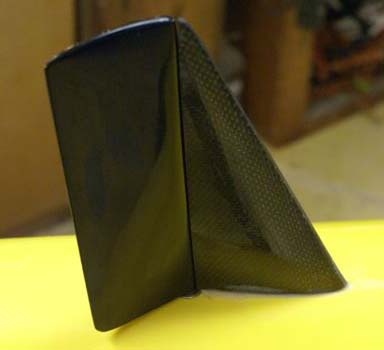
These experiments have produced interesting and positive results but not sufficiently so to justify to the complexity and fabrication hassles involved in incorporating them in productions skis. The hydrofoil needs a lot more refinement but I abandoned this because it also requires substantial modifications to the bow of the ski. Maybe I will pick a damaged ski sometime which can be used as a "test bed" to take the concept further.
Experimenting with Rudders
My latest experiment is an articulated rudder comprising a fixed leading edge and moving aft section.
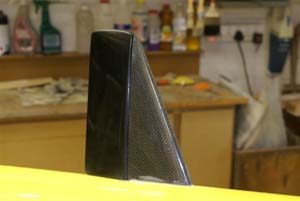
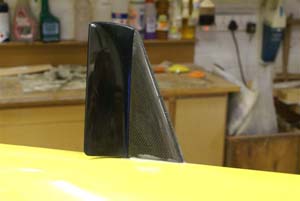
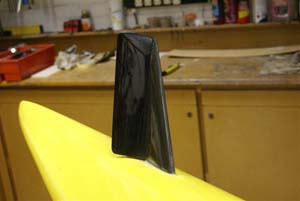
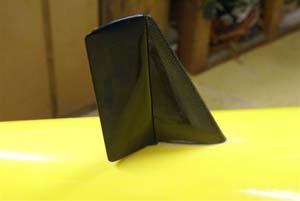
The intended benefits are:
- Reduced tendency to stall due to the fixed leading edge
- Smooth progressive actuation with positive feedback due to the fact that the rudder is fully trailing
- No rudder "bite" and associated drag
- Reduced rudder induced roll
- Less drag around the rudder /hull interface
- A "built in" weed deflector
The obvious downside is that the introduction of a fixed portion of the rudder and a reduced movable area is likely to result in reduced rudder authority. My hope was that the "flap" effect of the moving trailing edge would produce a sufficient increase in lift to compensate for this but I had no way of finding out without building a test rudder.
3 Versions
I envisaged 3 basic implementations of the concept (shown as versions 1 - 3) which varying percentages of fixed versus moving areas. V1 is the most radical implementation with a 50:50 ratio and I decided to build it first - if it worked the concept had potential. The resulting rudder is shown in the accompanying pictures
Having tested the V1 rudder in flat conditions and on 2 Millers Runs (30knots / choppy seas) my findings are:
- Tested on flat water the rudder does produce less turning authority resulting in an increased turning radius. It does however produce a smoothly progressive effect with no "bite" and hopefully less drag.
- Downwind the rudder comes into its own. The ski tracks and generally steers better. Both Millers Runs were done in conditions that I would normally expect to spin out several times but this did not happen. I felt that I could manoeuvre the ski and place it where I wanted better than usual. I suspect that this is because the rudder with its fixed leading edge is way less prone to stalling.
{gallery}2008/04/rudders/litebox:150:120{/gallery}
Where to go from here? The increase in turning radius is not at all bad but my home series is Hout Bay which invariably involves racing around buoys.
I therefore have to improve turning and plan to test V2 this weekend to find out. My guess is that it will improve on both 1 & 2 and I am pretty confident that I will find it generally preferable over a standard rudder in pretty much any conditions other than racing around cans.
If as I suspect turning is still slightly compromised I will make v3.2. My guess is that it will perform at least as well as a good standard rudder (I take the Epic surf rudder as the benchmark) but will hopefully retain some of the downwind benefits of the articulated rudder. I am pretty convinced that this will be better than the standard alternatives but whether the benefits are sufficiently great to justify the fabrication hassles remains to be seen.

